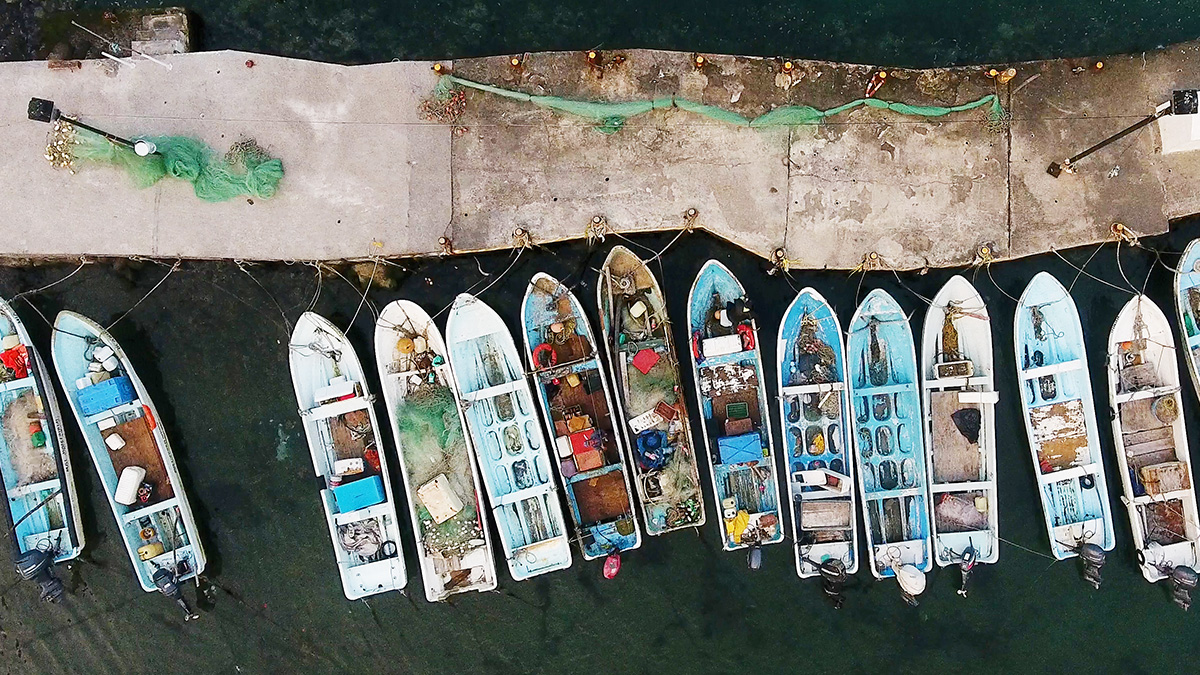Southeast Gateway balances sustainable economic development and environmental protection
Last updated on
As the owner of a commercial diving operation in Veracruz, Luis Trejo says he believes that environmental protection and sustainable economic development can go hand-in-hand.
“There can be a perfect synergy between industry and the environment as long as the proper controls are in place,” says Trejo, an expert diver who’s studied the protected areas and coral reefs off the coast of Veracruz.
For Southeast Gateway, those controls will include a number of measures to protect both the land and the sea during construction, including locating the pipeline at depths well beyond living coral reef locations — as deep as 200 metres in some places, where sunlight cannot reach.
World-class experts spent more than a year studying the marine environment and selecting a route that will not touch or cross any living reefs. In fact, the pipeline will be located far away from the reefs, and several kilometres from marine protected areas.
“This is a state-of-the-art project that is going to provide natural gas to southern Mexico for the next forty years without causing any disruption,” says Jean-Marie Olligschlaeger, of Intecsea, one of the many experts who supported extensive studies done in the development of the project.
Southeast Gateway, jointly developed with TC Energía and Mexico’s Federal Electricity Commission (CFE) will deliver cleaner, more affordable and reliable energy to the people in southeast Mexico, displacing high-carbon emitting fuels for power generation.
The project, a marine pipeline that will safely transport natural gas from Tuxpan area to delivery points in Coatzacoalcos and Paraiso, Tabasco, will create approximately 4,000 direct and indirect jobs in Mexico during peak construction. Today, hundreds of people are already working across the project route.
It will interconnect with other pipelines, securing the supply of natural gas to the Yucatan Peninsula and serve CFE’s combined power generation plants that are under construction, providing energy security to the three states in the peninsula.
The project will advance the integration between the North and the South, enabling prosperity in the Isthmus and the Yucatan Peninsula regions, facilitating growth of industrial activity, increasing competitiveness and investments in the Central, Bajio, South and Southeast regions of the country, triggering the social wellbeing, creating long-term well-paid jobs, reducing inequality in South Mexico. Studies have shown that Mexican states with access to natural gas have a 50 per cent higher average GDP.
“As we approach full construction of the Southeast Gateway Project, our commitment to sustainability and environmental protection is foundational in all that we do.”
— Jennifer Pierce, President, TC Energía.
“Generating social and economic opportunities along with energy solutions cannot come at the expense of the environment, and with our Southeast Gateway Project, we are doing the right thing. We are investing in building this project safely, responsibly and to high environmental standards that benefit communities, the economy, the environment and Mexico,” says Pierce.
As planning for the Southeast Gateway Project advances, TC Energía is committed to placing safety for people and the environment at the forefront of all that we do.
Preliminary activities are already underway in some landfall areas of the project, including near Tuxpan and Coatzacoalcos. Marine construction is expected to start later this year.
Interested in our studies? Hear from our experts here:
Key Facts about Southeast Gateway
- The pipeline will not cross or touch any living coral reefs
- At its closest points, the pipeline is approximately 1.16 km and 2.86 km from the protected areas, Parque Sistema Arrecifal Lobos-Tuxpan and Parque Nacional Sistema Arrecifal Veracruzano, respectively
- Innovative technology will be used to minimize environmental impacts during construction and operation
- Environmental management plans will be implemented to protect the land and sea, including water quality monitoring; turtle monitoring; mammal monitoring and more